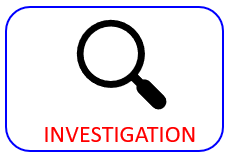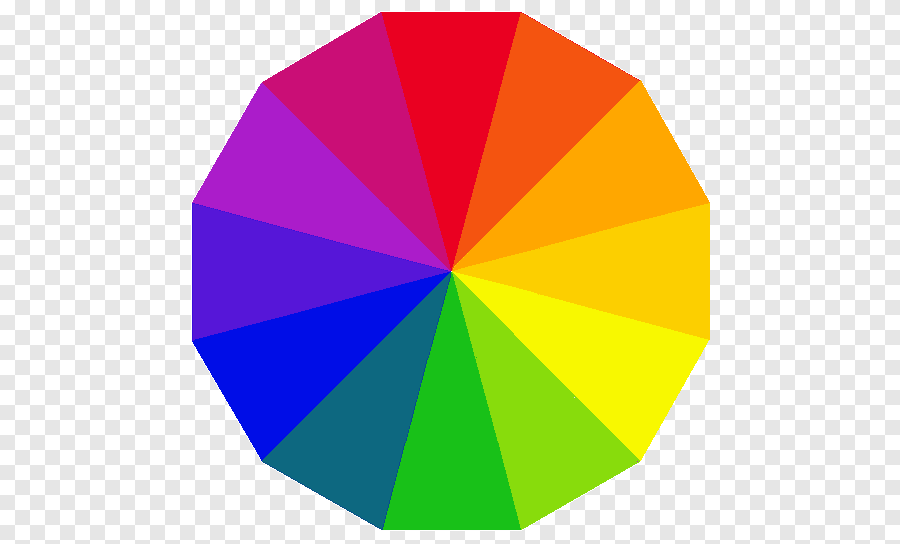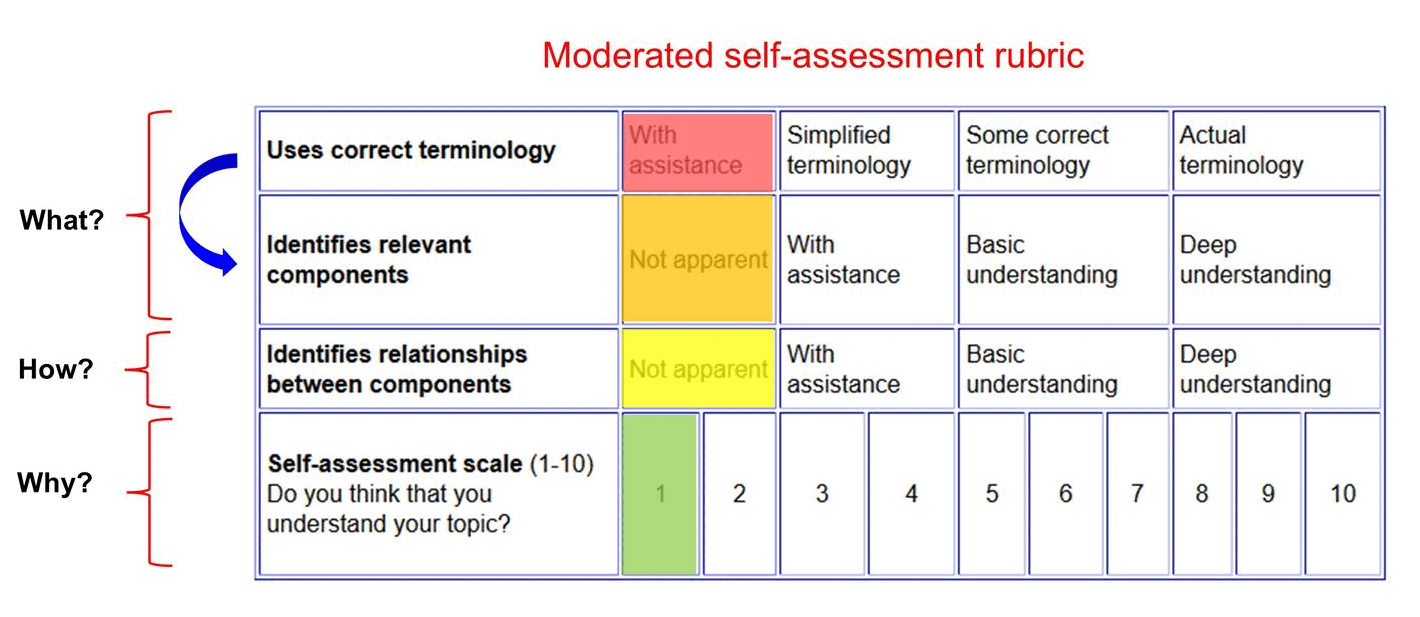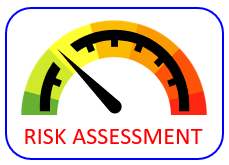SILO 1.4 (DRAFT)Year 1, Term 4: Light and soundFocus: Angles Scope and sequence: Reflection, Refraction |
|
Learning
intention: Students
explore the sources and behaviour of light and sound energy
and plan their own experiments to investigate phenomena.
|
|
|
NSW Syllabus
|
Australian Curriculum
(version 9.0)
|
|
"A student describes the characteristics and effects of common forms of energy, such as light and heat." (ST2-8PW-ST) "A student describes common forms
of energy and explores some characteristics of sound energy."
(ST1-8PW-S)
|
"Students learn to identify
sources of light, recognise that light travels in a straight
path and describe how shadows are formed and light can be
reflected and refracted." (AC9S5U03)
"Students learn to explore different actions to make sounds and how to make a variety of sounds, and recognise that sound energy causes objects to vibrate." (AC9S2U02) |
Introduction to light and sound
- Play the hearing game, 'Heads down, thumbs up'.
- Play the looking game, 'I spy'.
The speed of light and the speed of sound
The speed of light is the fastest thing that we know of in the universe. The speed of sound is also very fast but nowhere near as fast as light. We have probably all seen examples of this during a thunderstorm as we notice the lighting before we hear the thunder. The speed of sound is around 343 metres per second (m/s) but the speed of light is around 299,792,458 m/s. How can we make sense of such big numbers? Here is a comparison which might help:
Q: If you measure how far
light travels in a single second, how long would it take sound to travel
the same distance?
A: It would take around 10 days!
Musical examples of sound
 |
Does the amount of water in a bottle make the sound higher or lower? |
The following video (2:14) investigates this question but to sure to let your students try this out for themselves before you show them the video.
A good explanation of this phenomena can be found at https://www.scienceworld.ca/resource/musical-bottles/.
Reflection
Light travels in straight lines which can create some
interesting results when reflective surfaces are involved.
Building a periscope
In this video (4:25) you will see how a periscope can be
made to see around corners.
Colour wheels
A colour wheel can be attached to a pencil and spun to create the visual effect of merging all of the colours into white.

https://www.pngegg.com/en/png-oykqp
Refraction

K.Venkataramana, CC
BY-SA 4.0, via Wikimedia Commons
The Doppler effect
The Doppler effect describes how moving objects which emit waves affect the perceived frequency of those waves to observers. This phenomenon is named after the physicist Christian Doppler, who described it in 1842. The following video (3:02) explains this phenomenon in the common form of sound but also looks at light and stars as another example of the Doppler effect.
Sonic booms
This short video (0:45) explains the physics behind sonic booms.
Cracking a whip is another way to create a sonic boom. The following video (0:06) shows Brendan cracking a whip for the first time in his life before purchasing one from a vendor at the Tamworth Country Music Festival.
Risk assessment: Making and/or using whips is an engaging activity for children but care should be taken that the students are well clear of cracking whips to ensure their safety. Click on the following risk assessment icon for additional information.
The following video (0:51) shows this supersonic phenomenon in slow motion.
Moderated self-assessment
Discussions with students around the key components of conceptual topics and how they fit together can generate insights into student achievement.


This work is licensed under a Creative Commons Attribution-NonCommercial-ShareAlike 4.0 International License.
Main menu
